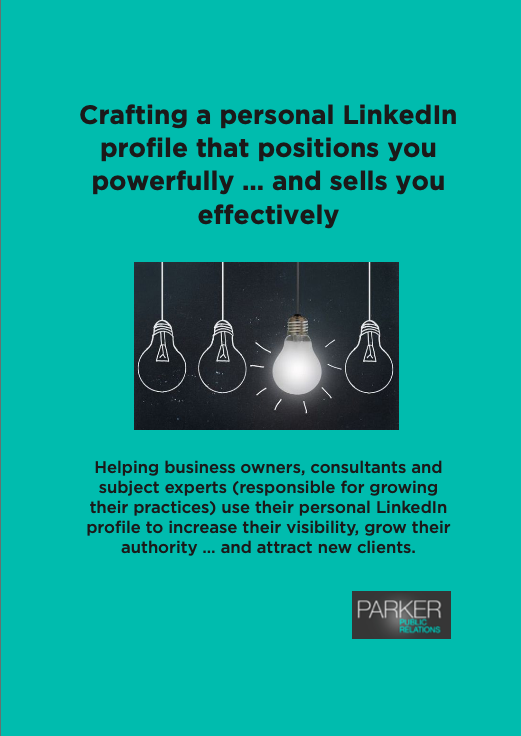Effective media liaison and management requires a good mix of research, common sense and at times … a very thick skin.
Know your ‘media audience’. Take the time to research the media you are liaising with by checking out their most recent articles. What are the subjects they are interested in and like writing about? What is their writing style – is it formal or relaxed? Try where possible to match the style of your media release or article with their writing style. Also take the time to research the issues they regularly cover. Nothing irritates a journalist more than receiving material from PR professionals that holds no interest.
Research your story idea. Before you even think about pitching your story idea to the media, establish whether or not it has been covered before. A little Google Search goes a long strong way. Even if it has been covered, there could be a question that has been left unanswered or media that haven’t covered the topic. .
Provide journalists with a complete package of information. This includes researching statistics or referencing relevant recent reports that support your story. It also includes providing the journalist with a high quality JPEG image as well as your media release or background piece with quotes from your spokesperson or subject matter expert. Where the statistics are your own, provide the media with a link to your findings or white paper. Give the media all they need to shape and write the story you have put forward.
Ensure your information is absolutely accurate. A journalist’s reputation depends first and foremost on the accuracy of the articles they write. Always take the time to make sure that your story is accurate and not “over hyped”. If it is later found out to be inaccurate it will almost certainly damage your relationship with your contact.
The media has the final say. They will determine whether or not a story will be published. Never irritate and risk damaging an established relationship by trying to pressurise them into covering your story or presenting it in a certain way. Similarly, never ask to see the final article before it is published. A journalist is a writing professional, and as such has the right to cover the story in their own particular and individual journalistic style.
Respond to media requests immediately. Always respond to journalists in a timely manner. They work to very tight editorial deadlines and need the information they ask for as soon as possible in order to put together and shape their articles.
Contact media at appropriate times. For media with daily deadlines, this would generally be first up in the morning, well before they get cracking with the stories for the day. For publications with weekly, fortnightly or monthly deadlines, check the best times to call and make a note of these. Not sticking to them means you run the risk of damaging a relationship you have taken months to cultivate.
Be a great resource for information. To build relationships with journalists you need to become a useful and reliable resource. For example, if you do a journalist a favour with a contact or story source – even if it is unrelated to your organization – it will most likely be remembered as a great gesture, increasing the probability of them doing you a “good turn” when seeking coverage.
Never make a promise you can’t keep. There is no faster way to destroy relationships with the media than letting them down.
Avoid using embargoes on media releases. In today’s world, stories can (and frequently are) broken on Twitter as soon as they happen. There are very few instances now where an embargo is appropriate. Generally speaking, journalists have long loathed them.
Many thanks to Johnny McGinley, MCIPR, MIC, CIPR Accredited Practitioner for much of the information provided.

